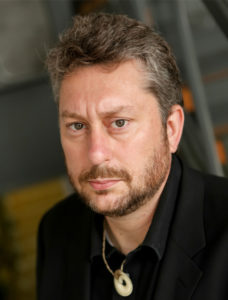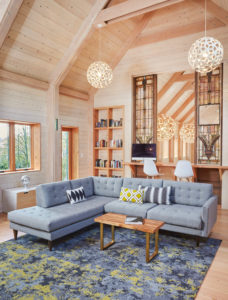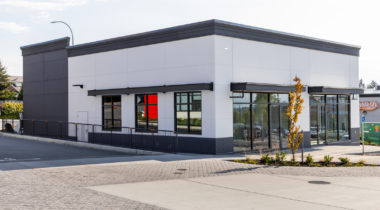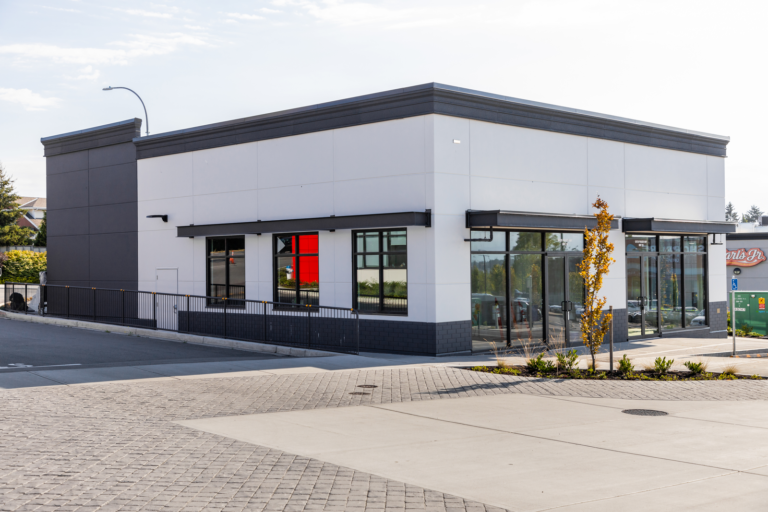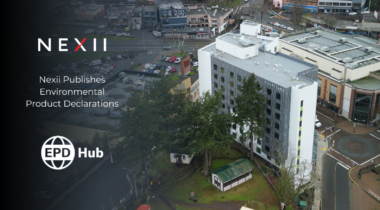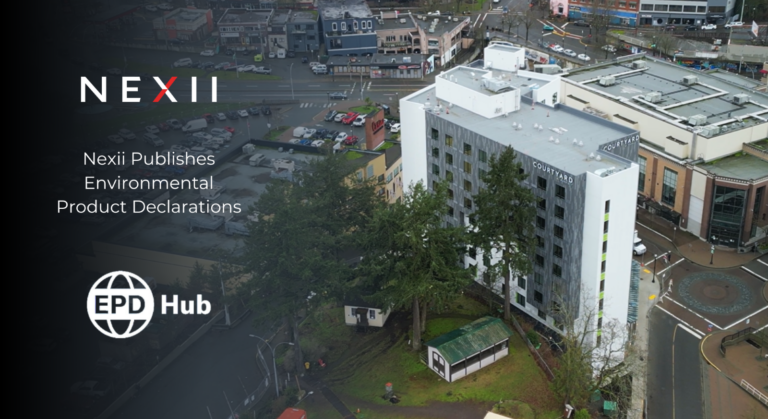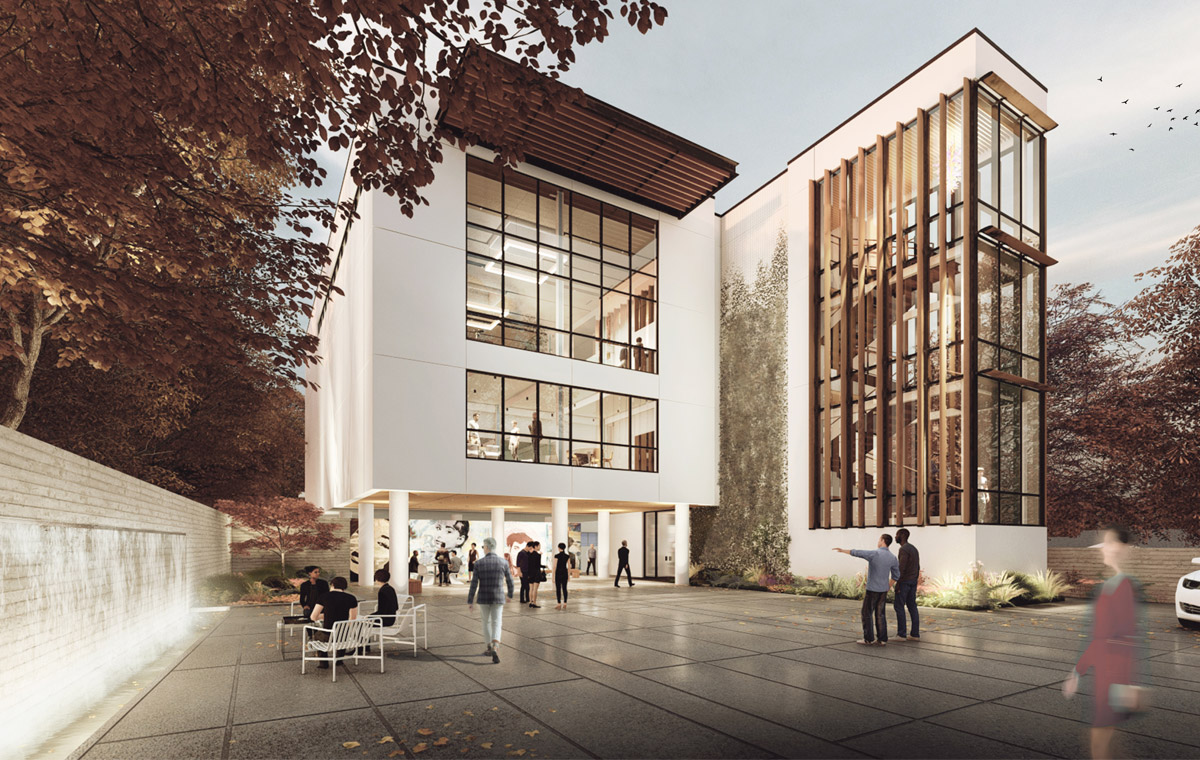
Nexii is honoured to be working with world-renowned architect Jason F. McLennan who is considered one of the world’s most influential individuals in the field of architecture and the green building movement today. The accolades and awards garnered by Jason F. McLennan, are numerous and prestigious and a testament to his work as an environmental architect and a true industry disruptor. McLennan was recently appointed Nexii impact architect.
About Jason F. McLennan
McLennan is the recipient of the prestigious Buckminster Fuller Prize (the planet’s top prize for socially responsible design). He has been called the ‘Steve Jobs’ of the green building industry, a “World Changer” by GreenBiz magazine and he is an Award of Excellence winner for Engineering News Record – one of the only individuals in the architecture profession to have won the award in its 50+ year history.
McLennan is the creator of the Living Building Challenge – the most stringent and progressive green building program in existence, as well as a primary author of the WELL Building Standard, which is sweeping the globe. He is the author of seven books on Sustainability and Design – used by thousands of practitioners each year, including the Philosophy of Sustainable Design, which is considered the ‘bible’ for green building’ – and is both an Ashoka Fellow and Senior Fellow of the Design Future’s Council. He has been selected by Yes! Magazine as one of ‘15 people shaping the world’ and works closely with world leaders, Fortune 500 companies, leading NGO’s, major universities, celebrities and influential development companies – all in the pursuit of a world that is socially just, culturally rich and ecologically restorative. He is the Founder of the International Living Future Institute and is the CEO of McLennan Design – his own architectural and planning practice designing some of the world’s most advanced green buildings. McLennan’s work has been published in dozens of journals, magazines, and newspapers around the world.
In today’s post, we sat down with Jason to talk about his work and what motivates him. In the coming weeks, Jason will guest blog on the need for industry disruption and scaling sustainable design and construction.
Tell us a bit about your career and what drives you.
Most of my career has focused on challenging how the building industry operates, whether it is construction, design, or development. I have spent a lot of my career building out the philosophy for deep green design and creating standards that set a new architecture paradigm. I’ve had to push back against industry resistance, regulatory resistance and attitudinal resistance to create significant change in the building industry. I created the International Living Future Institute and the Living Building Challenge Program to provide a vision and direction to the design and building community and hopefully inspire them to move towards a healthier, greener future. I’ve authored books and publications and created health and well-being programs ranging from Just, a social justice program looking for equity for all people, to the Red List, a list of the worst-in-class chemicals and compounds pervasive in the building industry which has done a lot to transform the product sector. My vision is to transform the world to support the health and well-being of every person and all living things. And I’m doing that by instigating and implementing new models in design and construction.
You are genuinely passionate about your profession, the environment and the effect the building industry has on our world. What were some defining moments in your life that drove this desire to affect change?
I grew up in the industrial mining town of Sudbury, Ontario, Canada. When I was in middle school, a developer bought a piece of land a group of classmates and I had helped heal and plant trees on. The first thing the developer did was cut down all the trees we planted as children and scraped away the soil. They blew up the rock that was unique to the area, flattened it and put in a parking lot and a big box store. I learned at an early age that we can be agents of regeneration or agents of destruction. I chose the former.
You’ve been called an Industry Disruptor. Can you give us some examples of how you have been a disruptor?
The Living Building Challenge can be applied to any construction project. A Living Building generates all its energy independently from renewable resources on a net annual basis and does not necessarily even require municipal utilities such as power, water or sewage. So when I built my home – Heron Hall on Bainbridge Island, Washington, I designed it as a Living Building Challenge project. The home is powered entirely by the sun, has composting toilets and produces soil instead of sewage. The home collects 100% of its water from rainfall. I had to work with the city to pass a municipal code to allow this but now it’s a demonstration of an entirely new way of living.
Currently we are building the new World Headquarters for HMTX Industries in Norwalk CT. It’s another Living Building Project in a different climate zone that will get all its energy from the Sun and be built free of all Red List chemicals. Each of these projects – and we have several others underway right now – are examples of a new paradigm for design and construction.
What is the biggest challenge that still exists for the building and construction industry?
The biggest challenge is people. People are still the barriers. It’s not technological. The barriers are attitudinal – it’s the stuff between our ears that gets in the way. People are creatures of habit, and the construction industry is risk averse. We are still building the same way we have been building for a long time in many ways. And I think that’s where Nexii comes in. I was interested in working with Nexii because it offers a different way of building that is more resource-efficient, energy-efficient with less waste and more economic certainty. The way many projects are priced hurts innovation because each building is essentially a bespoke process even where it doesn’t make sense to be. If you treat a building more like a product in terms of how it is built and its build components, you can take out a lot of the risk while enhancing performance. Nexii’s approach allows you to do this.
Has the pandemic taught us anything about green architecture/construction?
The year 2020 was the Year of Perfect vision. It was the year where many issues that were not being properly addressed in the world started to get a lot of attention, such as social justice, political issues, and climate change. There was a confluence of crisis – including the pandemic that started in 2020. Hopefully, people are more aware of the need to make larger systemic changes as a result of this incredible inflection point. Hopefully, this past year gave us pause to think differently about everything.
What gives you hope for the future?
The fact that we can change whenever we are ready to do so! We have all the technologies and know-how we need to stop the decline of the planet and begin a process of global regeneration. What’s missing is the will to make significant changes. As we see the immediate environmental emergencies like the recent heatwaves and increasing forest fires, rising sea levels and global droughts, we must realize these crises are no longer in the future for other generations to solve. They are something we are starting to live through now and affect all of us everywhere. When it’s very real to people, they are more apt to take action and I hope that this is what will start to happen.
